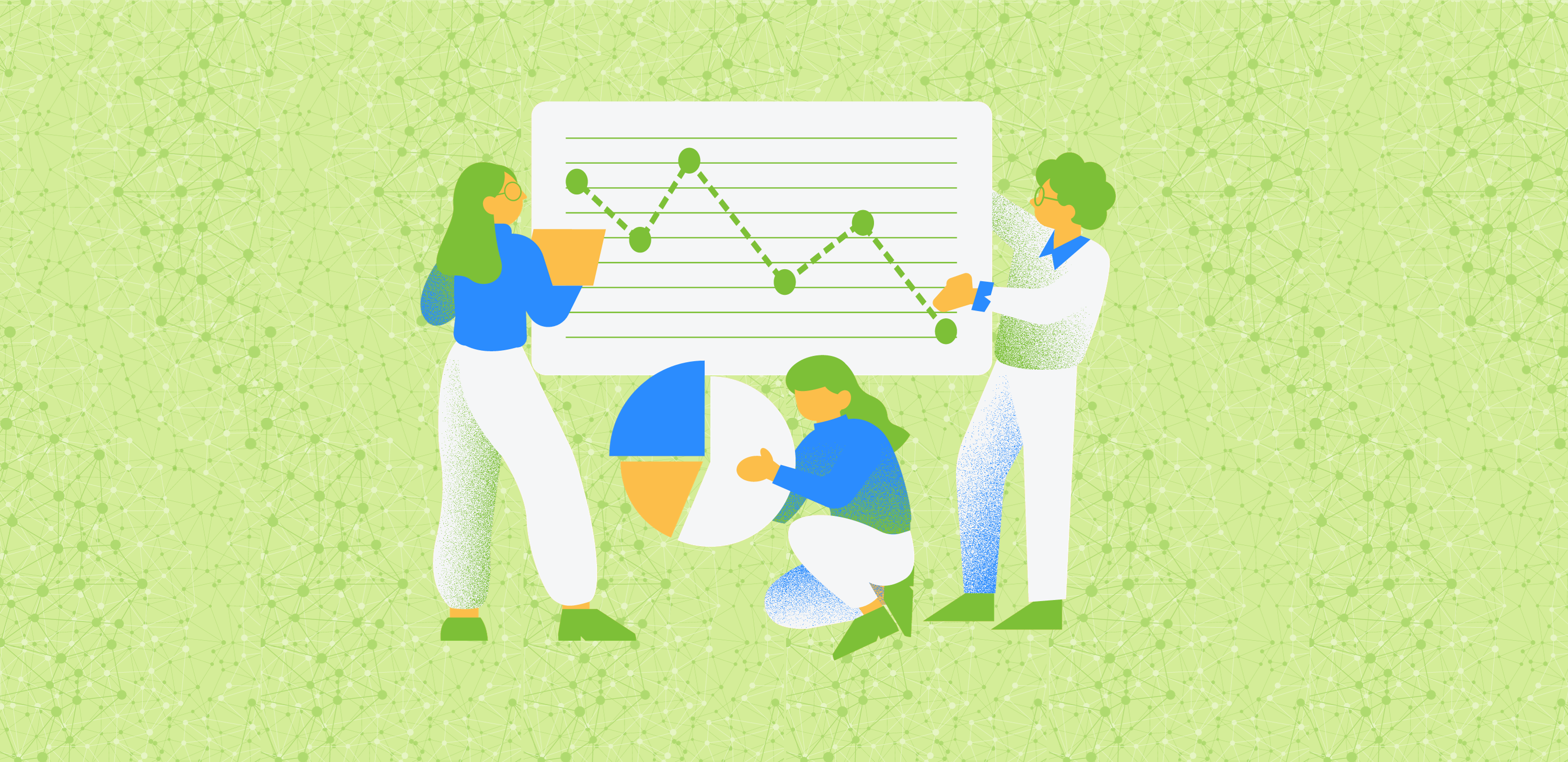5 Ways To Improve Loyalty Marketing Campaigns Using Data Segmentation
Utilizing data segmentation to boost your marketing campaigns is key to standing out amongst your competitors and targeting your customers...
Platforms
Services
Promotions
.
Featured Guide
Industries
Resources
Explore
4 min read
 Kimberly Lyons
05/12/23
Kimberly Lyons
05/12/23

By definition loyalty marketing is a marketing strategy in which a company focuses on growing and retaining existing customers through incentives. In truth it encompasses so much more and when done correctly achieves a great deal. Loyalty marketing is how brands increase their value and dependability to customers, how they strengthen customer relationships through engagement, and increase conversions. Loyalty marketing also empowers brands to capture beneficial data about customer purchase patterns, their likes and dislikes, preferred shopping channels, and more.
The most typical types of loyalty marketing strategies are also the most easily recognizable: loyalty programs, rewards and incentive programs, referral programs, etc. Regardless of what format it takes, a truly effective loyalty marketing strategy is one that keeps existing customers engaged, happy, and constantly connected to the brand.
As with every marketing strategy, reaching that point of maximum effectiveness can have its challenges. Common challenges for loyalty marketing can include a wide range of issues from unappealing rewards, to difficult user experiences, to inconsistent and irrelevant customer engagement opportunities or offers. One key way to optimize your loyalty marketing strategy is identifying and fixing gaps that can lead to issues down the line.
Here are three ways you can tighten the gaps in your loyalty marketing strategy and reach your customer retention goals quicker.
New customer onboarding is a crucially important step on the road to increasing conversions and growing customer retention. Yet sometimes brands only create a basic post-purchase onboarding process for customers to follow. In fact, onboarding can be incredibly effective for introducing new customers to your brand and setting the foundation to grow the customer relationship down the line.
The key to making an onboarding process that does its job and achieves the right results is having a detailed map of the journey you want new customers to take and where they should be at the end. This can vary deeply depending on your industry, products, and customer base. It might be as simple as making sure new customers enroll in your loyalty program or are signed up to receive in your email newsletter. Or it could be more hyper-focused towards achieving specific results and driving customer actions that maximize the chance of future conversions.
For example, one B2B client determined from analyzing customer data that customers who made at least 3 transactions within a 90-day time period ended up having the highest retention rates, larger average basket sizes, and higher purchase frequency than customers who didn’t. So they created an onboarding process and subsequent nurturing campaigns with the specific goal of having new customers reach 3 transactions within that time frame.
Regardless of what form or shape your onboarding process takes, it should always achieve the goals of delivering a good experience, establishing trust, and making customers feel confident in your brand.
Thanks to advancements in marketing technology and personalization tools, more brands are starting to treat the time period between sales as customer engagement opportunities rather than barren wastelands. Similar to customer onboarding, infusing the gap between one sale and the next with helpful and relevant content can improve engagement and keep an active connection going with your customers. For example:
Other examples can also include content such as seasonal news or updates, product surveys and customer polls, events or holiday promotions, special bonus offers, and more.
An additional benefit to making the post- and pre-sale time period more engaging is that you can track how your customers interact with these types of content. Capturing behavioral and engagement metrics can help you identify patterns that indicate a customer’s current interests or whether or not they show high intent to buy.
Before you tighten the gaps in your loyalty marketing, you need to eliminate the gaps in your data silos. Today’s consumers participate in more cross-channel and omni-channel shopping than ever before, yet marketers still struggle with collecting customer data from different sources into one central, usable location. Siloed data analysis means marketers can only get fragmented insights of their ideal customer rather than a complete, whole 360-degree understanding of who the customer is and what motivates them to buy.
Unified customer profiles are how brands can elevate their loyalty marketing to be truly customer-centric and insights-driven by understanding every relevant aspect that influences a customer’s decision. A unified customer profile incorporates zero-party, first-party, and third-party data sources to identify key customer information such as demographic data, transactional data, their needs or common pain points, their behaviors and actions, and more, all in one presentation. This collected customer view enables brands to be more accurate when doing predictive analysis, creating customer segments, and developing hyper-personalized customer experiences.
By prioritizing building out unified customer profiles you can ensure your loyalty marketing is creating a meaningful experience for customers that acknowledges their personality, interests, individual preferences, and past actions. Investing time and effort into understanding your customers better is how you can create on-going, customer-centric marketing campaigns that positively impacts your revenue goals.
Dedicating time to closing these types of gaps and optimizing your loyalty marketing strategy doesn't just achieve the goal of improving customer retention; it will enable you to build stronger, more meaningful customer relationships that generate more value and increase sales numbers the more time that goes by. With Brandmovers' loyalty and engagement solutions, you can create a complete, data-driven and customer-centric loyalty marketing strategy that elevates your business to new heights. Reach out to us today to learn how we can start transforming your loyalty marketing.

Utilizing data segmentation to boost your marketing campaigns is key to standing out amongst your competitors and targeting your customers...

In today's highly competitive market, it's not enough to simply offer a loyalty program; it needs to be integrated seamlessly with other tools and...

Gathering and analyzing your program's metrics and data is key to making accurate predictions to grow your program and your customer’s experience. If...